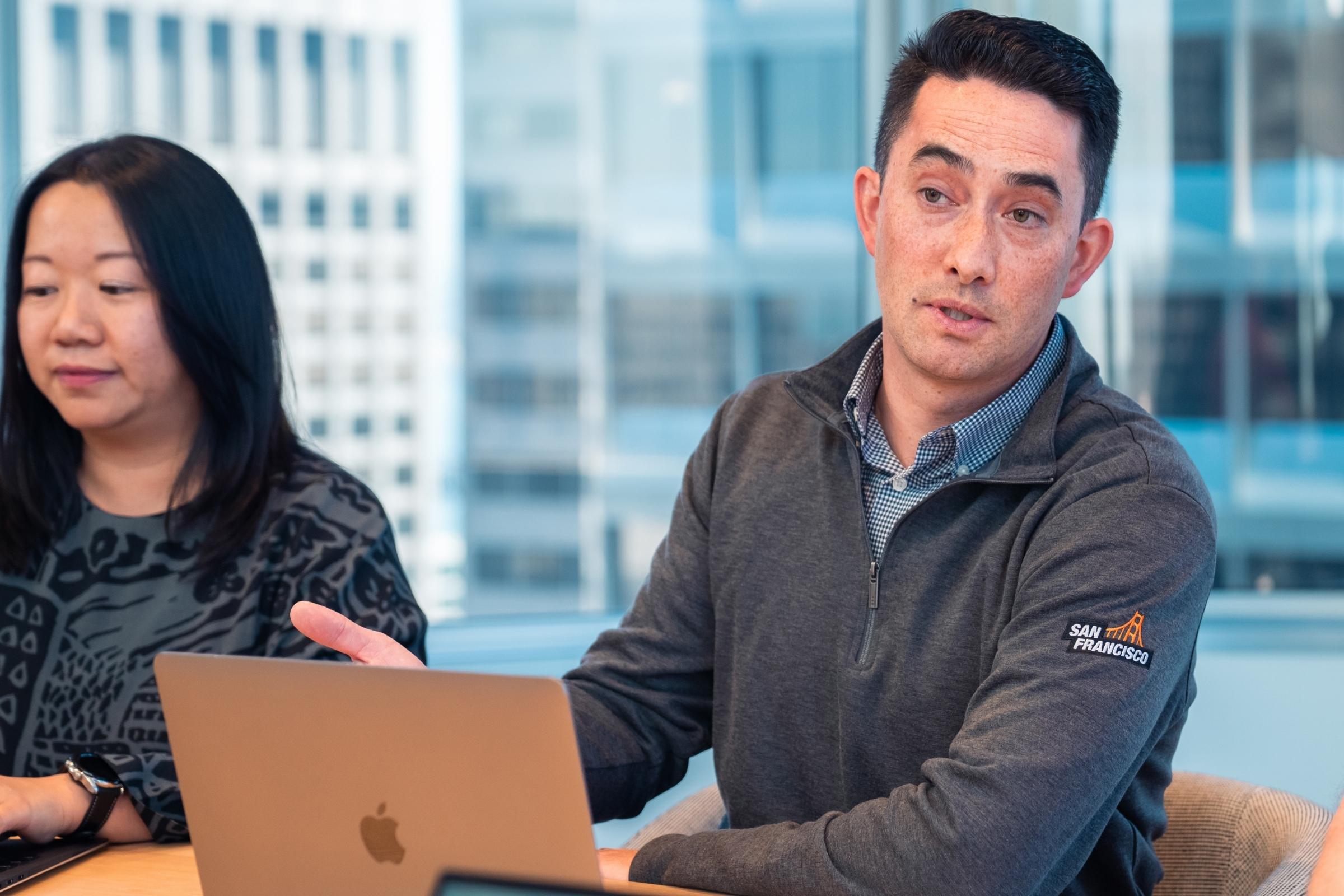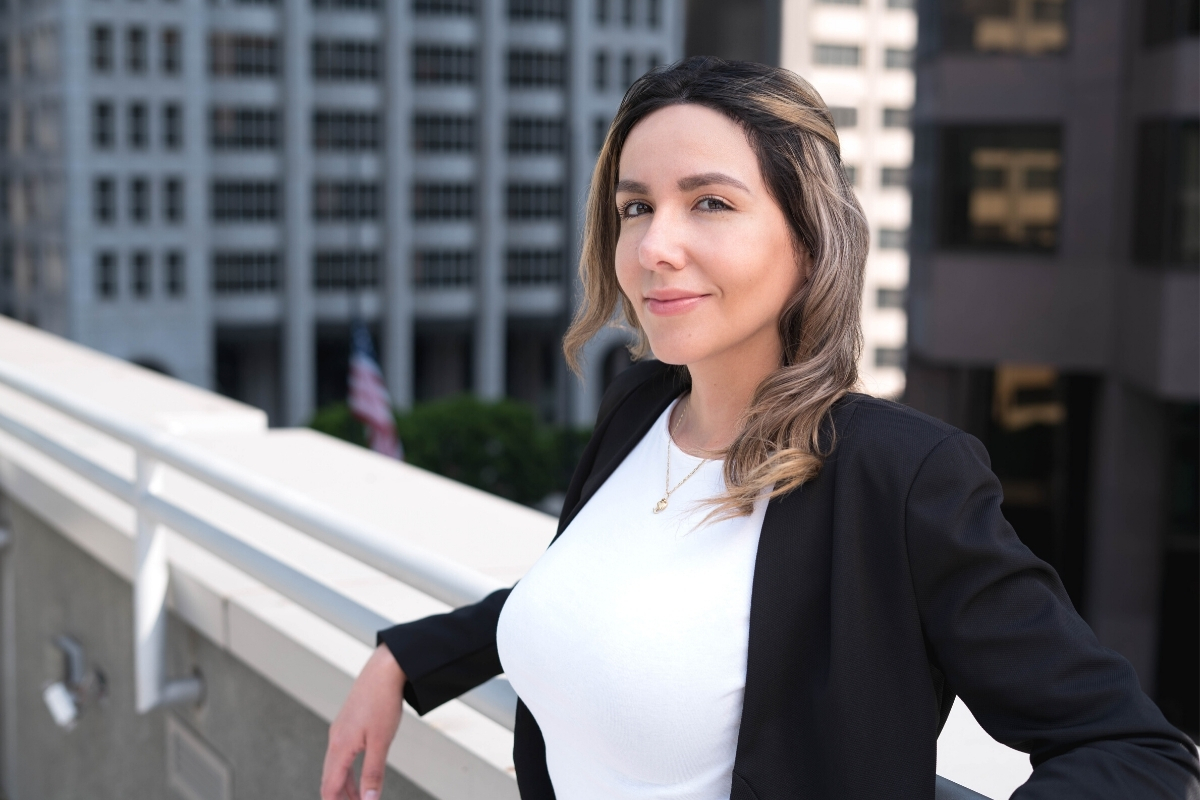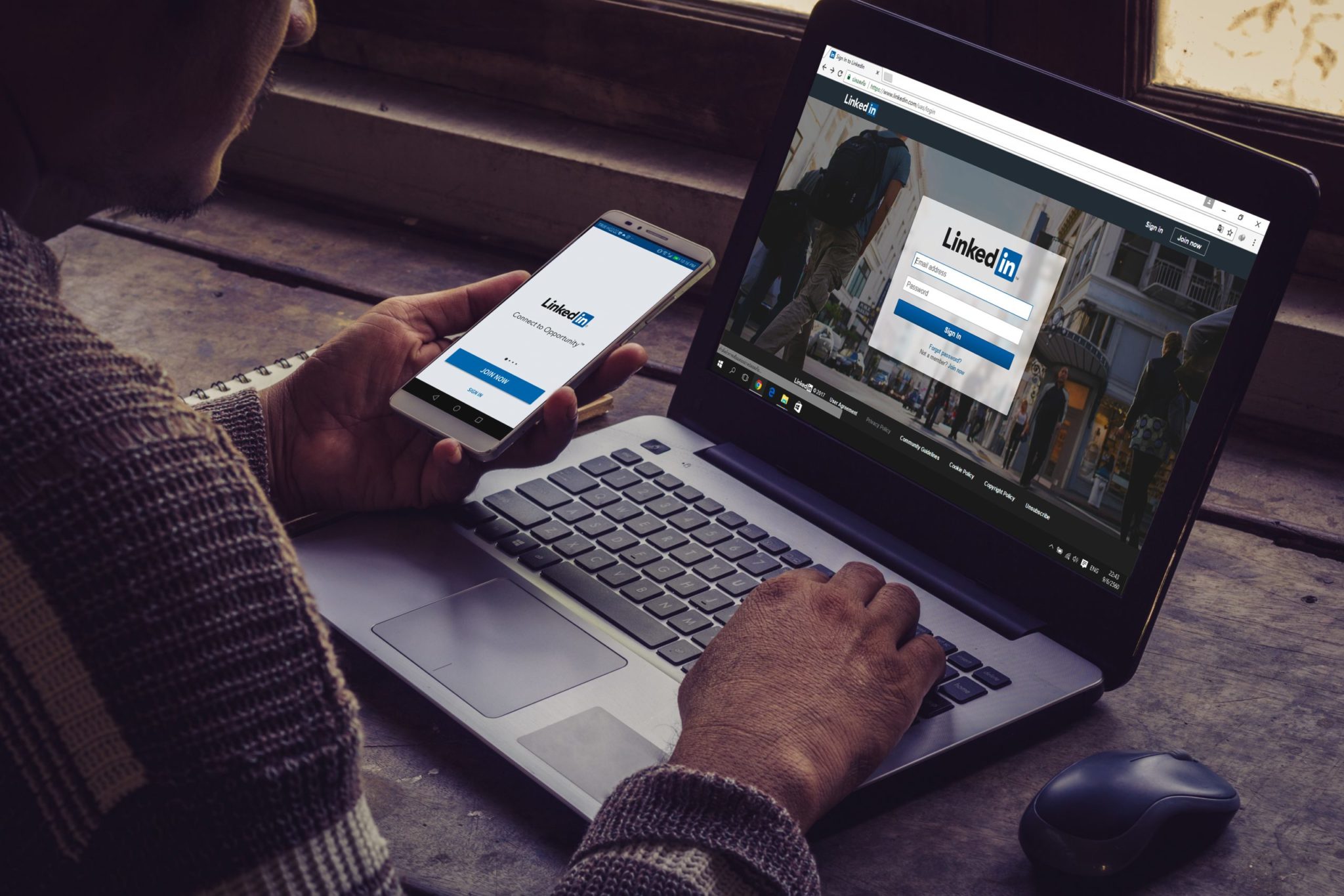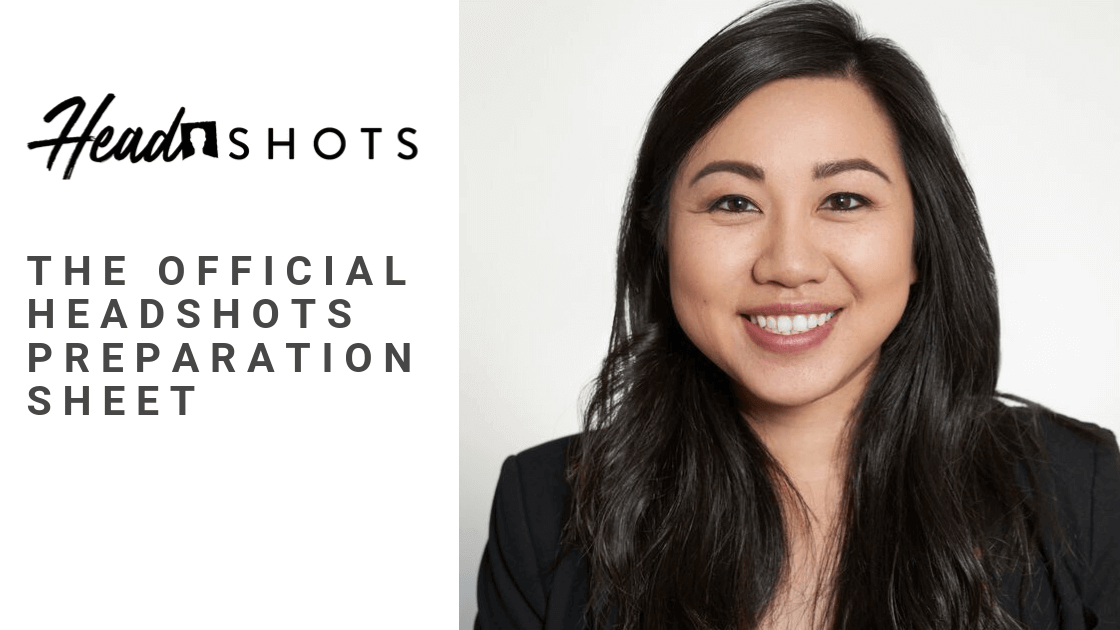For many companies and employers, finding a commercial photography partner for your corporate branding images can be a struggle.
Almost all savvy marketers realize that stock photos destroy trust and are ignored by potential clients, but the alternative course of hiring a commercial photographer can seem daunting and expensive.
In our experience, most companies can massively improve the quality of their marketing images, producing minimal headaches and maximum ROI. You just need to have the right process in place.
So, here’s our six-step process for easy corporate branding photography:
Step One: Build Your Commercial Photography Shot List
Think strategically about your audience and what placements on your website will create solid ROI for your business. That can be in the form of improved trust with potential customers and investors, or even how your business comes across to prospective employees.
Here are some common high-impact placements for your photos:
Home Page: Using stock photos or poor-quality images on the home page of your website (especially near the top) is a great way to destroy trust with potential clients and employees.
Contact/Pricing/Service Web Pages: A photo of a friendly team member or customer enjoying your product can help push a potential customer over the edge to filling out a contact form, quote request or appointment booking.
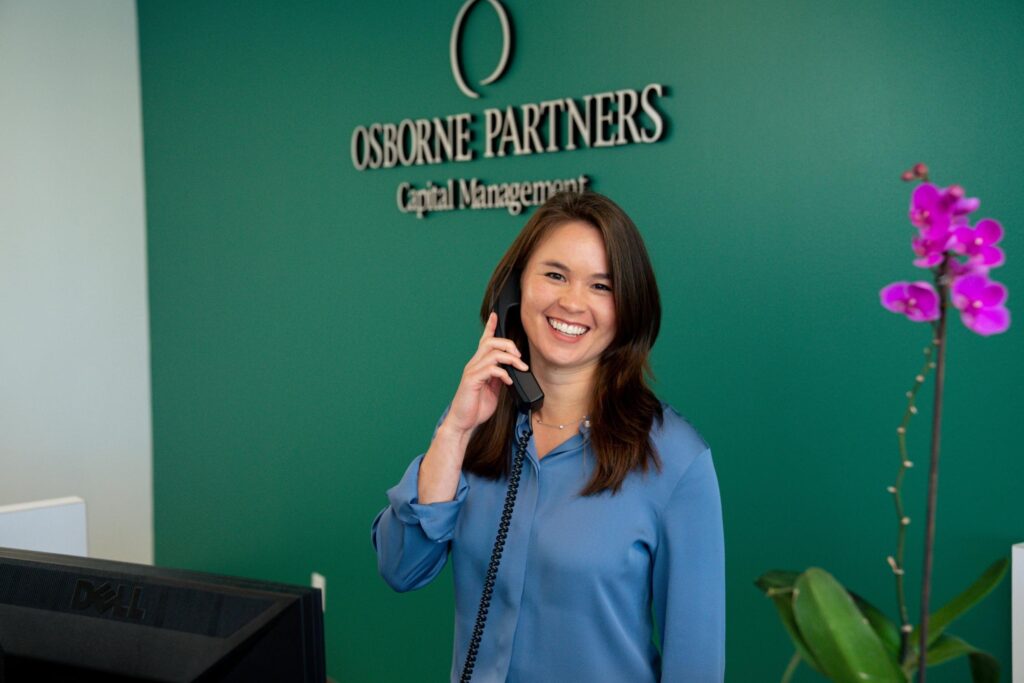
Career Pages: In a competitive employer market, photos of your happy employees or nice office spaces can help entice potential job applicants.
Social Media Ads & Blog Posts: Stock photos famously perform extremely poorly on social media. A photography partner can help you craft a portfolio of compelling images to use for ads and blog posts. Enjoy more shares, more engagement and greater impact for your content.
Location Webpages: Gyms, hotels, co-working spaces, medical practices, spas, and other location-based businesses need to showcase attractive and clean interiors to potential customers.
Social Media Profile / Email Banners: Create a great first impression with all your external audiences. Besides your logo, the first thing visitors see is your banner/cover photo.
Marketing Print Materials: If you have brochures, reports, or pieces of marketing materials, compelling imagery makes the difference between getting your materials read, or ignored.
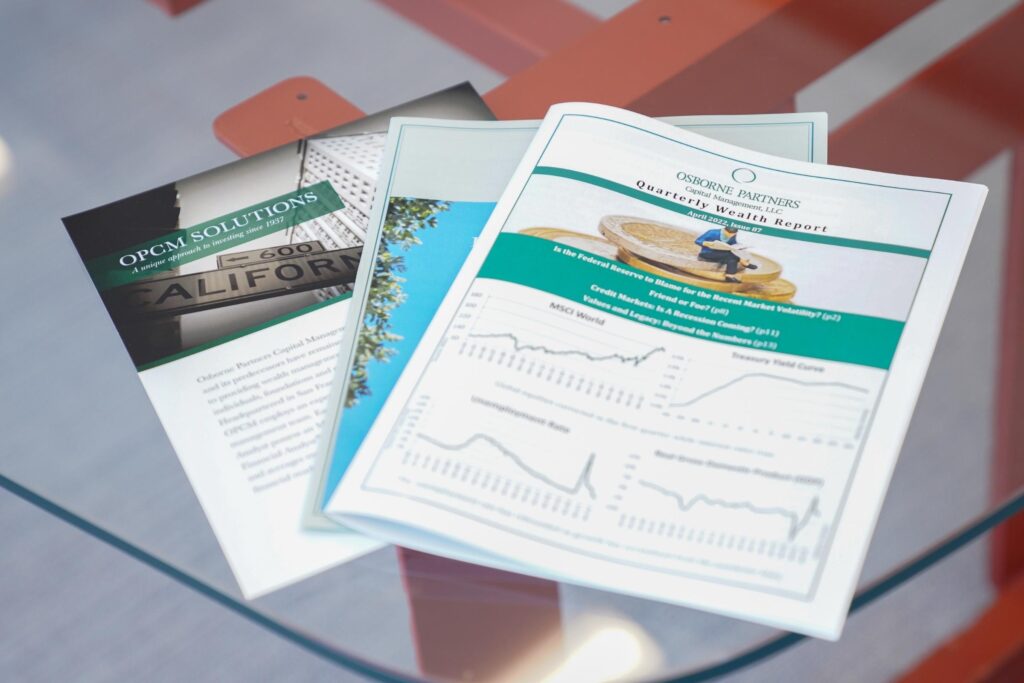
Client or Investor Presentations: When your team is pitching to new clients or investors, images on the “Our Team” or “About Us” page can make the difference between building trust and losing it.
This step is not only important for identifying which images you’d like to capture, but also a valuable step in getting internal buy-in and budget approval from other stakeholders. You should actually walk around and ask different stakeholders if they need any custom imagery for their presentations or online presence. You might be surprised that it’s not just Marketing that wants photos. Human Resources will want employer branding. Some internal teams may want them for their presentations. Operations and customer support teams may want them for training documents.
Note: To some extent, your industry will drive which marketing assets will have the greatest impact on your business:
- Service Businesses: Showcase professional and friendly staff in uniform. If clients come to your location, showcase the location at its best.
- Professional Services: Law, accounting, consulting, finance, and technical firms need to build trust by showing professional, credible, and empathetic executives and client service associates.
- Consumer/Industrial Products: Show the quality of the product by allowing the customer to see how the product is produced and show real customers enjoying the benefits of your product.
- Medical Practices: show compassionate medical practitioners along with clean and safe spaces.
- Software Companies: show users enjoying your product and outline key features that are new to the industry.
- Science/Biotech/Pharmaceutical Companies: Show state of the art research facilities and the dedicated professionals using that equipment.
Shoots can be surprisingly cost effective and easy to justify when you realize that one commercial photography session can support multiple projects with your organization.
Step Two: Recruit Your “Models”
After setting your shot list, it’s time to recruit the “models” within your company.
While you could use paid models, real team members will look more authentic, cost less and will probably be more convincing.
First, you should let them know about the importance of the project, and encourage them to participate! There are some people who won’t want to participate, NO MATTER WHAT you do. That’s totally OK. You don’t want to surprise people and then have a bunch of photos where those people are visibly displeased.
But, there’s always a couple of team members who are game. Appreciate and reward them as much as possible — because professional models will cost you $800+/person to staff for an average corporate branding shoot.
Two tips for recruiting the right team members:
Get the Relevant People: Don’t recruit an accountant to operate a biomedical engineering device … It’s usually best to use the most relevant (and cooperative) person possible for each shot.

Set Expectations: “It’ll take ___ minutes. If you listen to the photographer, we’ll be done more quickly and you can move along. We’re also going to reward you with _____.”
If all else fails, you can also source inexpensive models from amateurs or loyal customers.
Step Three: Plan Your Locations
If shooting in an office building, make sure to check out our on-site office photography checklist.
Different locations may necessitate different lighting arrangements. Coordinate with your commercial photographer to discuss potential locations along with necessary gear to get beautiful shots in a particular location.
As much as possible, try to avoid switching back and forth between locations during the course of your branding shoot.
The lighting arrangement needed in a conference room may be completely different than the lighting arrangement needed for a kitchen. If you have the commercial photographer break down their equipment in the conference room to move to the kitchen, then plan to have them move back later, you should be aware that they may not be able to replicate the quality of the lighting/photos the second time around.
You might not care that the first set of photos in the conference room is the same as the second set taken later — but if you DO care, don’t interrupt the shoot in that room. Plan your models and shots around ONE location at a time, and don’t come back later.
Step Four: Plan Your “Scenarios”
Your candid shots will look much more authentic and convincing if you re-create real-life scenarios.
Telling an employee to “look natural” will only result in confusion, anxiety and awkward photos.
Instead, actually play out the scenarios you’re trying to capture and communicate.
Want to get candid shots in a meeting? Organize a group of people, set up your lights, and then ask someone to explain something (it can be silly or serious) to another person for 30 seconds. If your photographer sets up the lighting correctly, you can get some awesome candid meeting shots.
Need speaker presentation photos? Have that person actually present something on a slide. (Hint: Graphs, charts, images, and other visual slides work better than a bunch of text.)

Want to showcase a professional service or device? Recruit someone (who knows how that device works) to actually use the device.
Want to show off an office perk? Bring your commercial photographer to see someone actually enjoying that perk.
If you’re planning a corporate lifestyle shoot, hire your photographer to tag along for a particularly eventful day at work. They can follow you around, and a good photographer will be able to notice scenarios and locations that are perfect for a photo.
Step Five: Prep Your Models
Go with well-fitting, solid-color clothing. Avoid outside branding. Don’t recruit the office coworker who likes to wear extremely funky clothing (unless you want to showcase that as part of your culture).

Pro Tip: Bribes work. If your employees are willing to participate, we highly recommend giving them a “Thank You” gift that will make them more likely to do so enthusiastically. There’s not much a photographer can do to make unwilling employees feel comfortable — so don’t drag someone into it who really doesn’t want to be there. Models would cost $500-$1500 per person, so a $100 gift card to an employee is both economical and well worth the investment.
Step Six: Stick to Your Plan
The great thing about a solid action plan is that it makes your shoot day(s) MUCH less stressful.
Invest your time on the front end, and you’ll have a productive and impactful commercial photography shoot for your corporate brand.
At HeadShots Inc, as part of our client intake process for commercial photography services, we help our clients work through a series of spreadsheets that help us plan and execute flawless branding shoots.
On the big day, while you and your commercial photographer may be able to spontaneously spot opportunities to capture a couple unique photos that fall outside the list, it’s usually best not to deviate from your plan. Don’t allow people to throw off your schedule by asking the photographer to do a spontaneous group photo that requires moving equipment and delaying/impairing a future shot.
—–
In summary, the battle is won or lost in the planning stages. With the right planning and an experienced photography partner, you can give your corporate marketing materials a massive facelift.
Thanks for reading this article, and if you’d like to learn more about HeadShots Inc’s branding services, check out our corporate branding portfolio or commercial photography pricing pages. You can get AWESOME corporate branding assets for just $200 to $250 per final image — which is only slightly more than high-end stock photography would cost anyway.
On a final note, it’s very likely that your organization needs a bunch of new commercial photography visual assets all at once. However, while you can dedicate your first project to helping your organization play “catch-up” with a bigger shoot, it’s also important to keep your assets fresh over time.
With the right photography partner, you can continually refresh assets as you see opportunities.
Is a key executive giving a speech at an industry conference? Hire your photographer to pop-in for 10 minutes at a key time so that you have new thought leadership content.
Is your service business hosting a special event? Make sure your photographer is there to capture some photos of customers enjoying your services or facilities.
Continually remembering to capture great photos for your business will mean that you don’t need to plan larger (and more stressful) shoots in the future.

